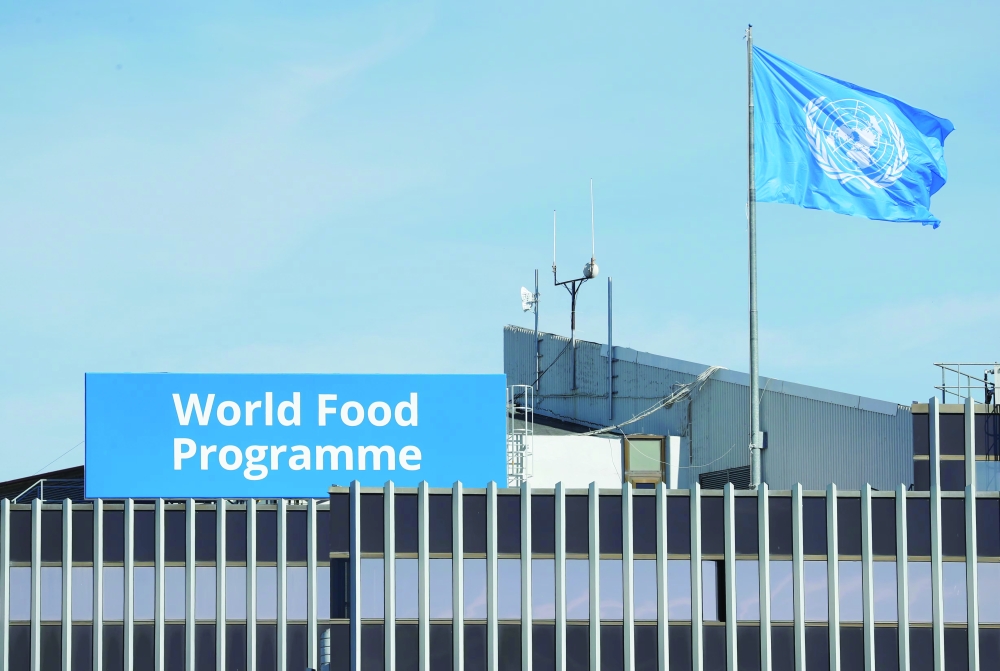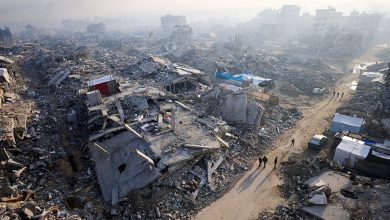UN says lacks billions of dollars to feed world’s hungry

ROME: The UN’s World Food Programme warned on Tuesday that funding cuts mean it will struggle to feed even a third of the 318 million people facing severe hunger in 2026. “Declines in global humanitarian funding are forcing WFP to prioritise food assistance to roughly one third of those in need,” targeting 110 million of the most vulnerable, it said in a statement. That would cost $13 billion, the agency estimated — but warned that “current funding forecasts indicate WFP may only receive close to half that goal”.
The WFP’s largest donor is the United States which, under President Donald Trump, has cut foreign aid, including to UN agencies. Other big donors, including some European nations, have also shrunk their humanitarian budgets. The 318 million people facing acute hunger is more than double the figure recorded in 2019, as conflict, extreme weather and economic instability have taken their toll, the WFP said.
UN agencies this year declared famine in Gaza and parts of Sudan, something that WFP executive director Cindy McCain called “completely unacceptable in the 21st century”. In a foreword to the WFP’s 2026 Global Outlook report, she said the world’s response “remains slow, fragmented and underfunded”. “Global aid now covers less than half of total needs, with steep reductions in food assistance. Almost all operations have had to cut food and cash, and prioritise which vulnerable group receive help,” she wrote. “At the same time, attacks on aid workers have surged, revealing a growing disregard for international humanitarian law.”
For those facing hunger in 2026, 41 million people are classified as facing emergency or worse levels. Last week, both UN food agencies — WFP and the Food and Agriculture Organization (FAO) — warned that millions more people around the globe could face famine, with funding shortfalls worsening already dire conditions. The joint report from the Food and Agriculture Organization and the World Food Programme said conflict and violence were driving acute food insecurity in the majority of the countries identified at risk.
The Rome-based agencies listed Haiti, Mali, Palestine, South Sudan, Sudan and Yemen as the worst, “where populations face an imminent risk of catastrophic hunger”. Also classified as a “very high concern” were Afghanistan, the Democratic Republic of the Congo, Myanmar, Nigeria, Somalia and Syria, with Burkina Faso, Chad, Kenya and the situation of the Rohingya refugees in Bangladesh also making the list. “We are on the brink of a completely preventable hunger catastrophe that threatens widespread starvation in multiple countries,” said WFP Executive Director Cindy McCain, warning that a failure to act “will only drive further instability, migration, and conflict.”
Funding for humanitarian relief was falling “dangerously short”, the report said, pointing to only $10.5 billion received out of a required $29 billion to help those at risk. WFP said that due to funding cuts, it had reduced assistance for refugees and displaced people while suspending school feeding programmes in some countries. FAO warned that efforts to protect agricultural livelihoods were threatened “which are essential for stabilising food production and preventing recurring crises.” Funding was needed for seeds and livestock health service, it said, “before planting seasons begin or new shocks occur.” — AFP


